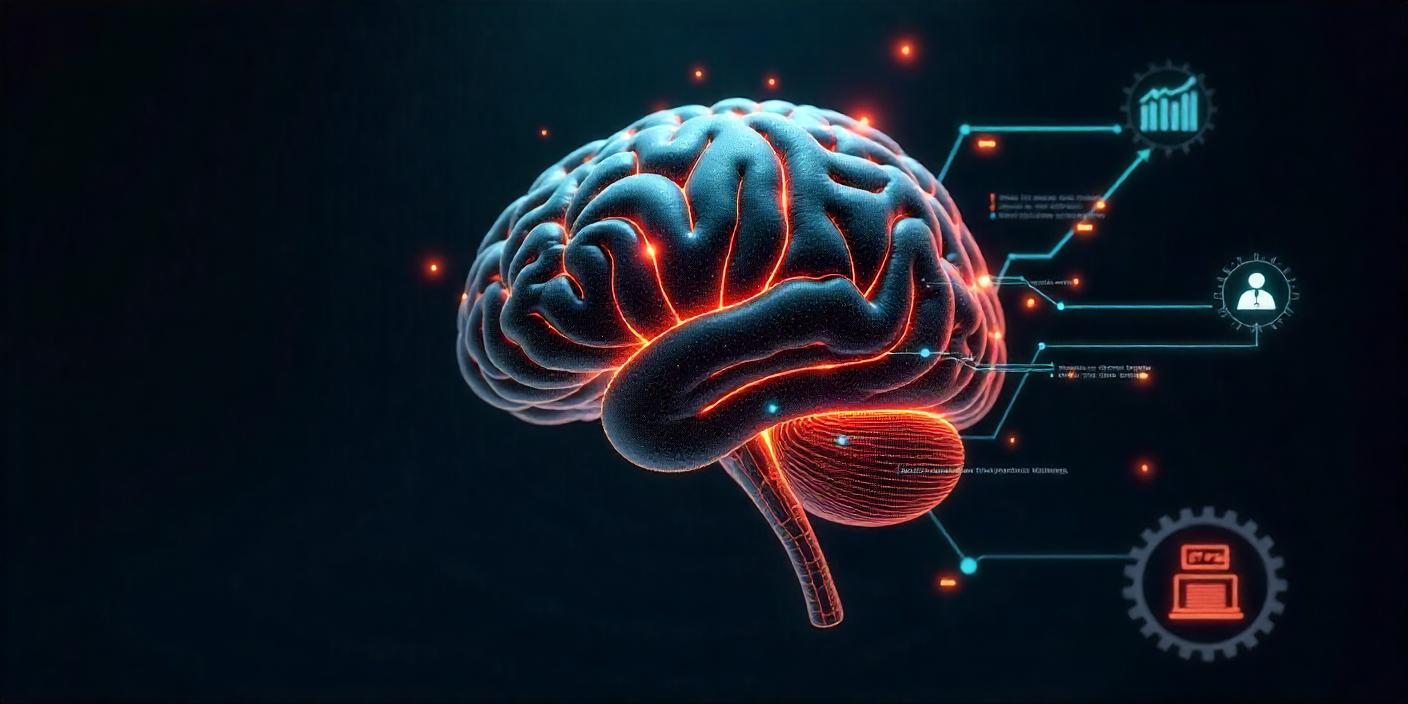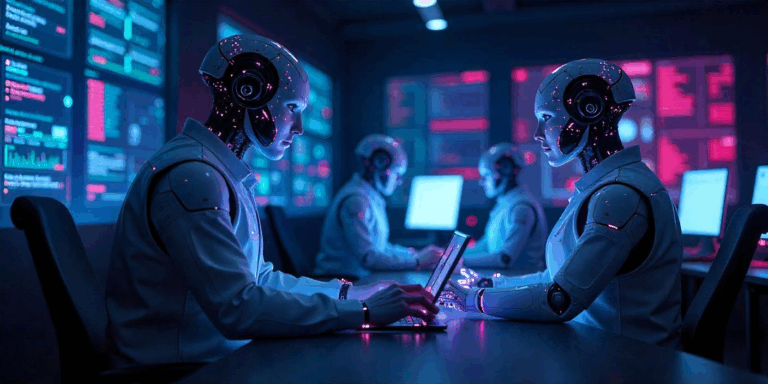
In the early days of artificial intelligence, systems were trained once, deployed, and largely static—only updated when developers retrained models manually. But in 2025, that paradigm has shifted dramatically.
Today, we live in an era of adaptive AI—systems that continuously evolve, learn from their environment, and improve themselves over time without explicit reprogramming. This marks a major leap toward creating truly intelligent, context-aware, and autonomous AI agents capable of working alongside humans—or even independently.
In this blog, we explore how continuous learning and self-improvement are reshaping AI and redefining what it means to be intelligent in the digital age.
🧠 What Is Continuous Learning in AI?
Continuous learning, also known as incremental learning, is the ability of an AI system to:
- Adapt to new data
- Retain previous knowledge
- Improve its performance without forgetting earlier lessons (avoiding “catastrophic forgetting”)
Rather than being fixed at the point of deployment, continuously learning models grow smarter the more they interact with the world.
In 2025, this is no longer a theoretical capability—it’s a foundational design pattern in next-gen AI platforms.
🚀 Why Continuous Learning Matters in 2025
Here’s why this capability is critical today:
1. Dynamic Real-World Environments
Markets change, users evolve, and threats shift. Static AI can’t keep up. But a learning AI system can adapt in real time to:
- New consumer behavior
- Updated regulations
- Emerging cybersecurity threats
2. Personalization at Scale
Continuous learning enables AI to develop contextual understanding of each user. Think:
- Personal assistants that learn your schedule, tone, and preferences
- E-commerce AI that adjusts recommendations as your tastes change
3. Reduced Downtime & Retraining Costs
Traditional model retraining involves pausing services, re-engineering data pipelines, and manually updating code. Continuous learning streamlines the process, allowing models to evolve in production.
🔄 Self-Improving Architectures: How It Works
Self-improvement in AI involves more than just absorbing data—it includes evaluating, experimenting, and optimizing behavior using feedback loops.
Key Components:
| Component | Role |
|---|---|
| Online Learning | Updates model weights using live data streams |
| Reinforcement Learning (RL) | AI learns via trial, error, and reward feedback |
| Meta-Learning (“Learning to Learn”) | AI adapts to new tasks with minimal examples |
| Feedback Loops | Uses performance data to self-correct over time |
| Agent Memory & Recall | Stores prior decisions to influence future actions |
🧩 Real-World Use Cases in 2025
✅ 1. Customer Service AI
A support chatbot learns to resolve queries better after every conversation:
- Adapts tone and vocabulary
- Optimizes responses that reduce escalation
- Remembers returning customers’ preferences
✅ 2. Autonomous AI Agents
Self-improving AI agents used in logistics or marketing workflows:
- Adjust workflows based on past outcomes
- Tune performance by observing what worked/didn’t
- E.g., a sales agent optimizing pitch timing based on response rates
✅ 3. Healthcare AI
Diagnostic models that continuously update based on the latest:
- Medical literature
- Hospital data
- Regional disease trends
Result: More accurate, up-to-date diagnoses.
✅ 4. Cybersecurity Systems
AI firewalls that learn new attack patterns without being explicitly programmed, adjusting defenses in real time.
🔒 Challenges and Safeguards
With great autonomy comes great risk. Self-learning systems must be monitored and regulated to prevent undesirable behavior.
Risks:
- Reinforcement learning gone wrong (learning harmful behaviors)
- Bias accumulation over time from bad data
- Feedback loops reinforcing errors
- Loss of transparency in evolving models
Solutions:
- Human-in-the-loop oversight
- Audit trails for learning episodes
- Performance thresholds and rollback systems
- Explainability tools (e.g., SHAP, LIME)
- Ethical boundaries baked into training protocols
🛠️ Popular Tools & Frameworks in 2025
| Tool / Platform | Description |
|---|---|
| ReAct (Reason + Act) | Framework for reasoning and learning via LLMs + tools |
| OpenAI Fine-Tuning APIs | Enables incremental adaptation of GPT models post-deployment |
| LangGraph Memory Modules | Lets AI agents remember past actions and results |
| RLHF Pipelines | Reinforcement Learning from Human Feedback for alignment |
| EvidentlyAI / TruEra | Tracks model drift and performance in production |
🧭 Best Practices for Continuous Learning Systems
- Start with narrow domains before enabling full autonomy
- Implement performance monitoring dashboards
- Define clear reward signals in RL systems
- Use shadow deployments for testing new model behaviors
- Periodically review learning history with human auditors
- Train with diverse, representative, and unbiased data
🔮 The Future: Toward Self-Evolving Digital Entities
Imagine AI systems that:
- Set their own learning goals
- Improve with minimal supervision
- Collaborate with other AI agents to share knowledge
In 2025, some of this is already happening in advanced agentic frameworks. Future AI may even possess a rudimentary form of curiosity—choosing what to learn based on gaps in its understanding.
This paves the way for digital coworkers, not just tools—entities that learn, adapt, and grow alongside humans.
✍️ Final Thoughts
Continuous learning and self-improvement are not just trends—they’re necessities in the rapidly changing digital world. As AI systems become more embedded in every layer of society, their ability to stay relevant, adaptive, and responsible will define their value.
For developers, businesses, and policymakers, the future isn’t about perfect models—it’s about building models that never stop getting better.





